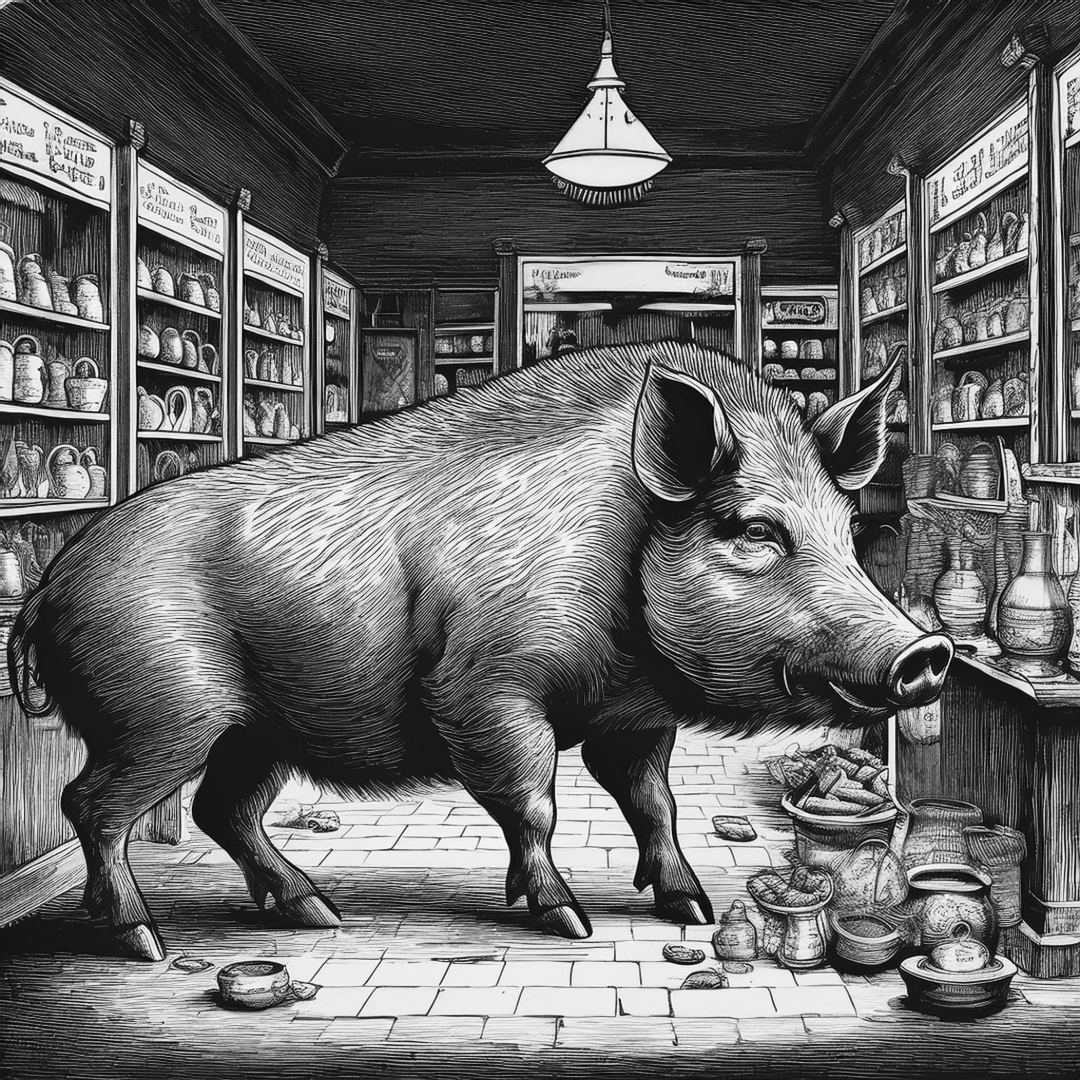MONTGOMERY, Ala. — Feral hogs have become a pervasive menace across Alabama, inflicting significant damage on agriculture, ecosystems, and even posing threats to human safety. Present in all 67 counties, these invasive swine are responsible for an estimated $50 million in annual damages statewide.
The Alabama Feral Swine Control Program, initiated with funds from the 2018 Farm Bill, offers financial and technical assistance to landowners. Participants can receive a 70% rebate, up to $12,000, on approved trapping equipment. Alternatively, the program provides free trapping services conducted by USDA Wildlife Services.
In a notable incident, trappers in Georgia employed an innovative device known as the Pig Brig to capture an entire sounder of 41 pigs in a single operation. This method involves a circular net trap that allows hogs to enter but prevents their escape, showcasing a potential model for large-scale trapping efforts.
Despite these initiatives, the feral hog population in Alabama shows no signs of decline. Experts attribute this to the species’ high reproductive rate; sows can produce litters of four to eight piglets, with some reports of up to 14, and can conceive again shortly after giving birth. This rapid reproduction necessitates comprehensive and sustained control measures.
The Alabama Wildlife and Freshwater Fisheries Division has adjusted regulations to empower landowners in combating this issue. Changes include the prohibition of transporting live feral hogs, aiming to curb their spread by illegal relocation.
Additionally, the Forever Wild Land Trust Board has committed up to $1 million to enhance feral hog mitigation efforts, focusing on ecologically sensitive areas adversely affected by these animals.
While hunting offers some control, experts emphasize that trapping is more effective for reducing large populations. Comprehensive strategies combining trapping, public education, and regulatory enforcement are deemed essential to address Alabama’s feral hog crisis effectively.

